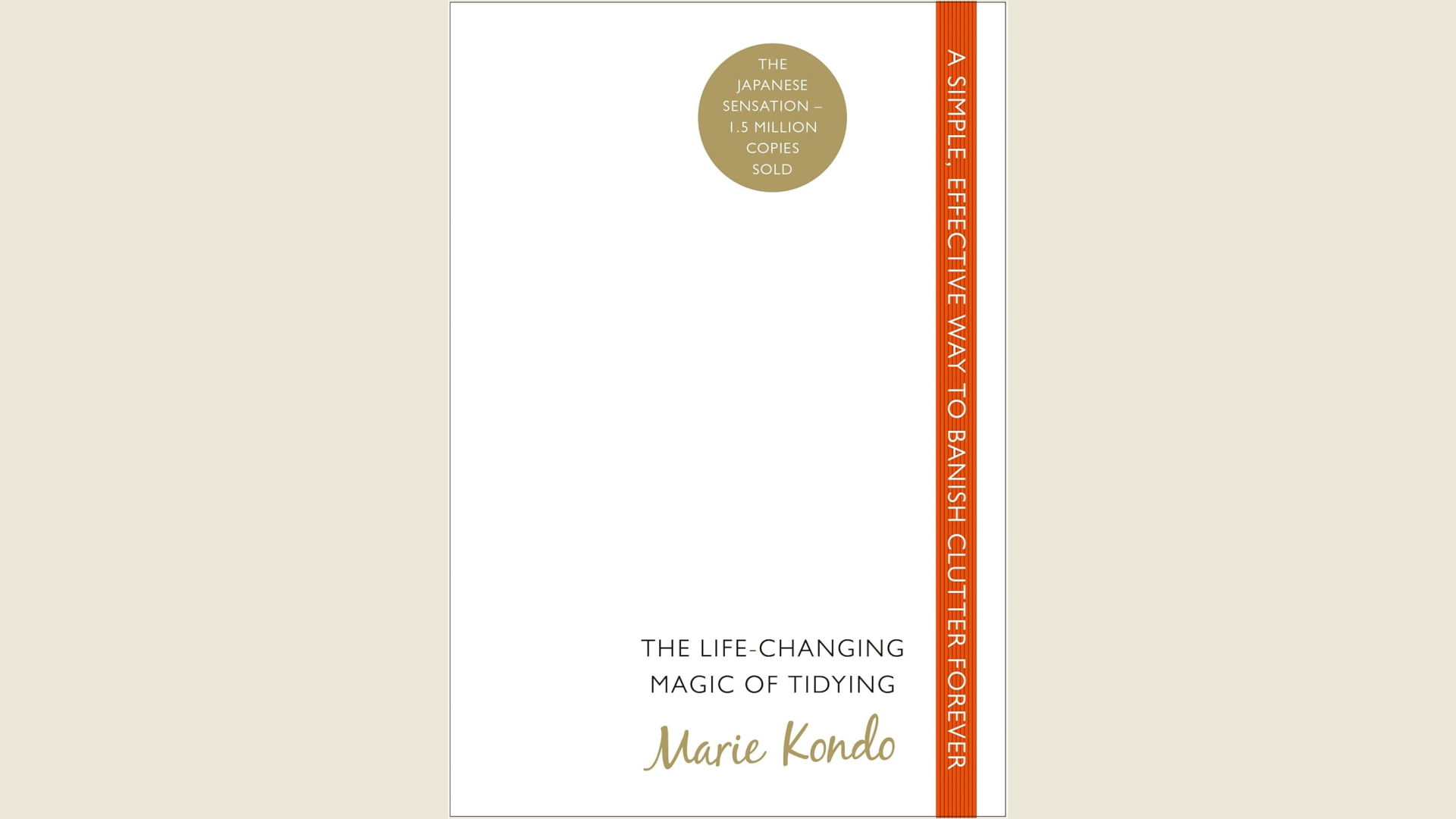Summary: The Life-Changing Magic of Tidying by Marie Kondo

Marie Kondo's The Life-Changing Magic of Tidying offers a transformative approach to decluttering and organizing, promising a cleaner home and a more joyful and purposeful life. At the heart of her philosophy is the KonMari Method, a meticulous yet profound strategy for creating spaces that resonate with joy and simplicity.
Understanding the KonMari Method
The KonMari Method stands out from other organizing techniques by emphasizing the importance of joy. Kondo advises keeping only those items that spark joy, which resonates deeply with individuals seeking more meaning in their possessions. This method is not merely about discarding items but making thoughtful decisions that enhance one's living environment.
Marie Kondo's approach is rooted in the idea that tidying can be a joyful experience rather than a burdensome chore. Individuals can create a home that reflects their values and preferences by focusing on what brings joy, leading to a more fulfilling and harmonious life.
“The objective of cleaning is not just to clean, but to feel happiness living within that environment.” – Marie Kondo.
Decluttering by Category
A vital aspect of the KonMari Method is decluttering by category rather than by room. This strategy involves addressing all items of a specific type, such as clothes, books, papers, kimono (miscellaneous items), and sentimental items. By focusing on categories, individuals can better assess the volume of their possessions and make more coherent decisions about what to keep.
This category-based approach allows for a comprehensive evaluation of belongings, making it easier to identify redundancies and excess. For example, when all clothes are gathered in one place, it's easier to see how many similar items one owns and to decide which ones genuinely bring joy.
“When you tidy your space completely, you transform the scenery. The change is so profound that you feel like living in a different world.” – Marie Kondo.
The Order of Tidying
Kondo proposes a specific order for tackling categories: clothes first, followed by books, papers, kimono, and finally, sentimental items. This sequence is designed to build decision-making skills and momentum as individuals start with less emotionally charged items and gradually move to those that hold more sentimental value.
The progression from more accessible to more challenging categories helps individuals refine their ability to discern what sparks joy. By reaching for sentimental items, they have developed the confidence and clarity to make thoughtful decisions about even the most cherished possessions.
“The best way to find out what we need is to get rid of what we don't.” – Marie Kondo.
Respect and Gratitude for Items
An integral part of the KonMari Method is the respect and gratitude shown towards items. Kondo encourages thanking items for their service before discarding them. This practice fosters a deeper appreciation for belongings and promotes mindful consumption habits.
Treating items with respect allows individuals to cultivate a sense of gratitude for what they own. This mindful approach to possessions can lead to more intentional consumption and a greater appreciation for the items that truly enhance one's life.
“To truly cherish the things that are important to you, you must first discard those that have outlived their purpose.” – Marie Kondo.
Embracing a Mindset Shift
Adopting the KonMari Method often leads to a significant mindset shift towards minimalism and intentional living. This change can result in improved mental clarity, reduced stress, and a more deliberate approach to possessions and life choices.
The process of tidying up can be a powerful catalyst for personal growth. Individuals can gain insights into their values and priorities and confront their relationship with possessing aspirations by ions. This introspective journey can lead to a more authentic and purposeful way of living.
Practical Tool: Step-by-Step Guide to Implementing the KonMari Method
- Visualize Your Ideal Lifestyle
- Example: Imagine a living space where everything you own has a place and contributes to your happiness. Please write down your vision and refer to it throughout the tidying process.
- Tidy by Category, Not by Location
- Here's an example: Gather all your clothes in one spot to assess them collectively. This helps you see the full extent of what you own and make more informed decisions.
- Follow the Right Order
- Example: Start with clothes, then move to books, papers, kimono, and sentimental items. This sequence helps build decision-making skills and confidence.
- Does It Spark Joy?
- Example: Hold each item and ask yourself if it brings you joy. If not, thank it for its service and let it go. Trust your intuition and be honest with yourself.
- Commit to Completing the Process
- For example, please set aside weekly time to tackle different categories until your home is tidied. Consistency and commitment are crucial to achieving lasting results.
- Respect Your Belongings
- Example: Store items thoughtfully, ensuring they are accessible and appreciated. Use storage solutions that reflect the value and importance of your possessions.
Author Biography
Marie Kondo is a renowned organizing consultant and author from Japan. She is best known for her KonMari Method, a revolutionary approach to decluttering and organizing. Kondo began her tidying consultancy business as a 19-year-old university student in Tokyo.
Her books, including The Life-Changing Magic of Tidying Up, have sold millions of copies worldwide and have been translated into numerous languages. Kondo's influence extends beyond books, with a popular Netflix series, Tidying Up with Marie Kondo, further popularising her methods. Through her work, Marie Kondo has helped countless individuals transform their homes and lives by embracing simplicity and joy.
